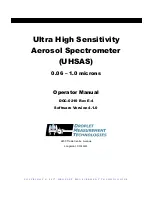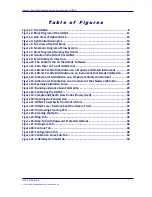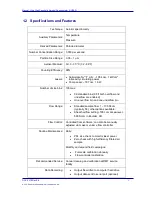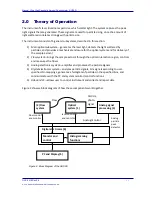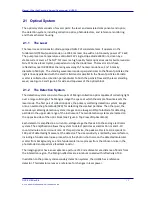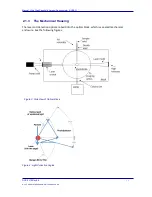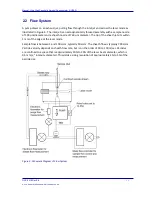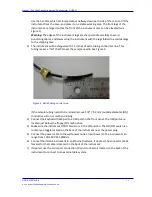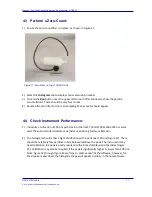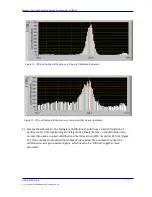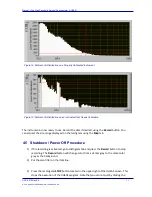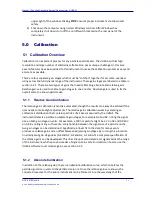
Manual, Ultra High Sensitivity Aerosol Spectrometer (UHSAS)
DOC-0210 Rev E-4
1 1
© 2017 DROPLET MEASUREMENT TECHNOLOGIES
2.0
Theory of Operation
The instrument’s laser illuminates particles, which scatter light. The system captures the peak
light signals that are generated. These signals are used for particle sizing, since the amount of
light scattered correlates strongly with particle size.
The instrument consists of 5 general subsystems, described in this section:
1)
Main optical subsystem
—generates the laser light, detects the light scattered by
particles, and provides a mechanical enclosure for the optical system and for delivery of
the sample aerosol
2)
Flow system
—brings the sample aerosol through the optical interaction region, controls
and measures the flows
3)
Analog electronics system
—amplifies and processes the particle signals
4)
Digital electronics system
—analyzes particle signals, bins signals according to user-
specified bin mappings, generates a histogram of particles in the specified bins, and
communicates with the PC and system monitor/control functions
5)
Onboard PC
—allows user to control instrument and collect and report data
Figure 2 shows a block diagram of how these components work together.
Figure 2: Block Diagram of the UHSAS
Particle
photo-
signal
Digital electronics (4)
PC and Display (5)
Monitor and
control
Histogramming
functions
Analog signal
processing (3)
Optical
system (1)
(2) Flow
system
Flow control
and monitor
laser control
and
monitor
Flow
Analog monitor
Analog
particle
peak
detector

